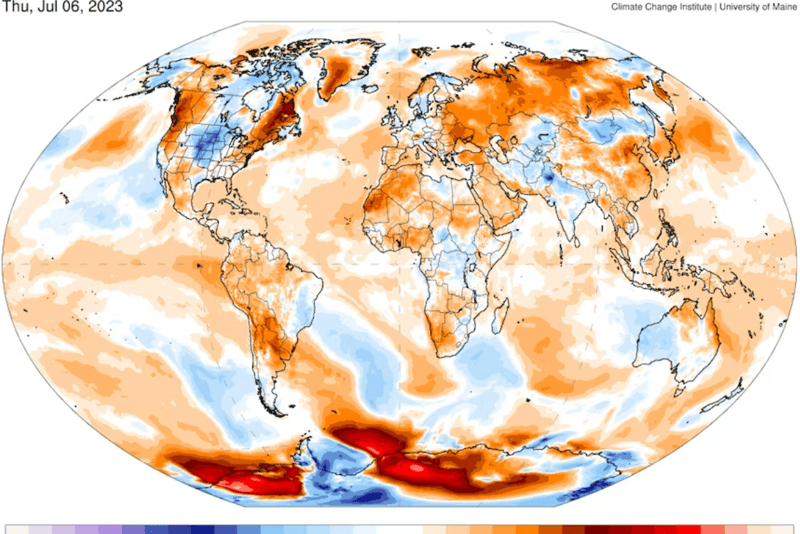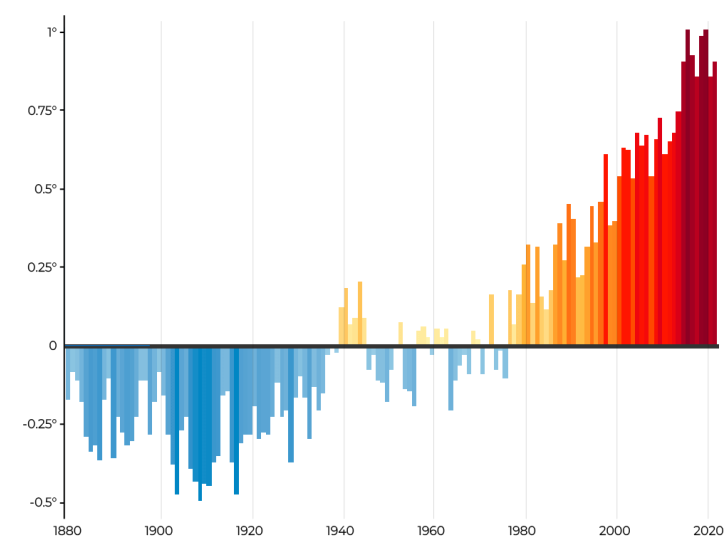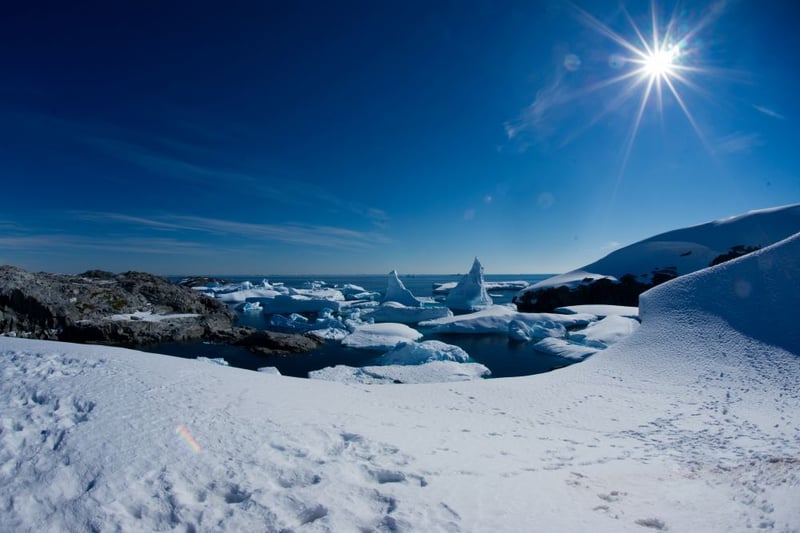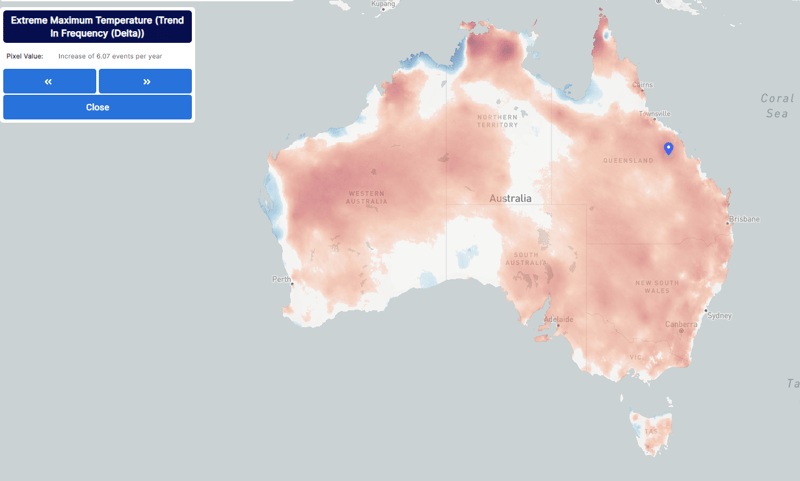Preliminary data suggests that Earth just experienced its hottest days in recorded history, on the back of the warmest June on record. These global temperatures are highlighting the shifting climate due to the combination of human activity and El Niño.
According to reanalysis data from the Japanese JRA-3Q Project, the global temperature record was broken several times during the first week of July, with July 7 topping numbers with an average global temperature of 17.24°C - 0.3°C above the previous record of 16.94°C set in August 2016.

World temperatures on Thursday 6 July 2023 (Climate Change Institute, University of Maine)
June was also the hottest on record globally, 0.53°C warmer than the 1991-2020 average, and substantially warmer than the 0.37°C anomaly experienced in 2019. Many scientists are claiming that we are seeing average global temperatures higher than anything during the last 125,000 years.
The hot temperatures coincide with the formation of a El Niño event, officially declared by the WHO on July 4 but yet to be declared by Australian Bureau of Meteorology. El Niños are known to increase global temperature as the ocean releases more heat, on top of the already warming global warming trend. According to NASA, the last eight years have been the warmest since modern record-keeping began in the 1880s. This El Niño event will extend into 2024, and officials are predicting it will drive multiple years of record heat events.

Temperature anomaly (°C compared with the 1951-1980 average) Source: NASA
What kind of activity are we seeing as a result?
The extreme heat is responsible for many climate disasters. The Canadian wildfires continue to burn, fuelled by high temperatures and dry lightning. Over 3 million acres have burned so far, which is over 30 times the average.
Ocean temperatures have broken heat records for the last 4 years, and this year seems it will be no different. Across the Mediterranean there have been the hottest ocean temperatures since records began in 1982, and the US National Oceanic and Atmospheric Administration has declared a Category 4 heatwave in the shallow seas around the UK and Ireland - something rarely seen outside of tropical waters.
Antarctica broke its July temperature record with a reading of 8.7°C, and ongoing warm waters are dramatically impacting Antarctic sea ice, which is now at a new low of 2.5 million square kilometres below average - about the size of Western Australia.
 Sun shining over Antarctica, where sea ice has reached it's lowest levels ever recorded
Sun shining over Antarctica, where sea ice has reached it's lowest levels ever recorded
(Image by Torsten Dederichs)
While Australia is in its coldest month, we have seen recent minimum temperatures near the east coast climbing as much as 10C above average, and Hobart seeing it's warmest July night of 13.3°C since records began 137 years ago.
So, now what?
The extreme temperatures that we have recently seen - many before the warming effects of El Niño have begun, highlights the need for both immediate and long-term thinking to address the associated effects of climate change.
Rising temperatures, changing precipitation patterns, and extreme weather events can lead to agricultural and biodiversity loss, supply chain issues and destructive natural events. When declaring the latest El Niño event on July 4, World Meteorological Organization Secretary-General Prof. Petteri Taalas stated that "Early warnings and anticipatory action . . . are vital to save lives and livelihoods”. It is important for businesses and industries to have access to accurate data, and timely warnings of weather events to ensure proactive measures can be taken to ensure staff and customer safety, and business continuity.

Image of the trending in frequency of extreme maximum temperatures from EWN's Climatics Product
The team at Early Warning Network are passionate about using data driven forecasting and tracking to build products to help your business plan for the rapidly changing climate. We work across many industries, creating solutions to reduce the risk of weather and natural hazards affecting your organisation.
If you'd like to talk to one of our solutions team about how we can help you plan for future weather events, get in touch now.